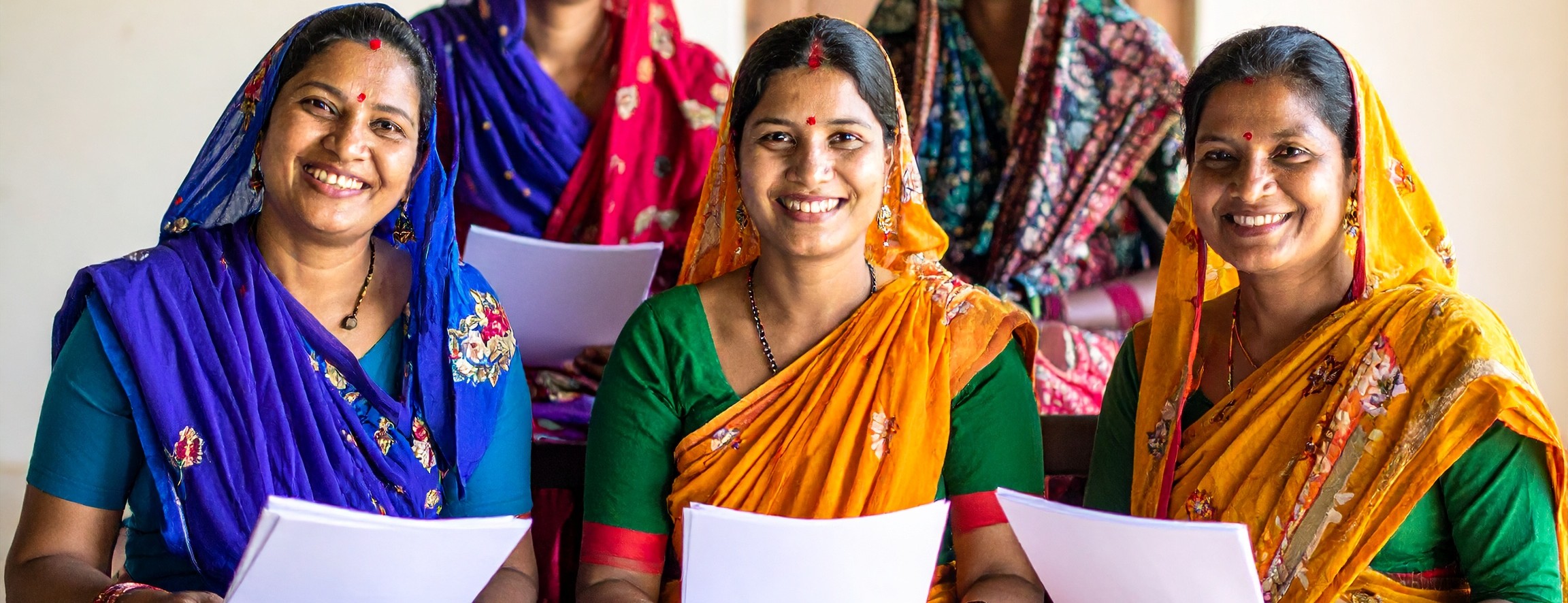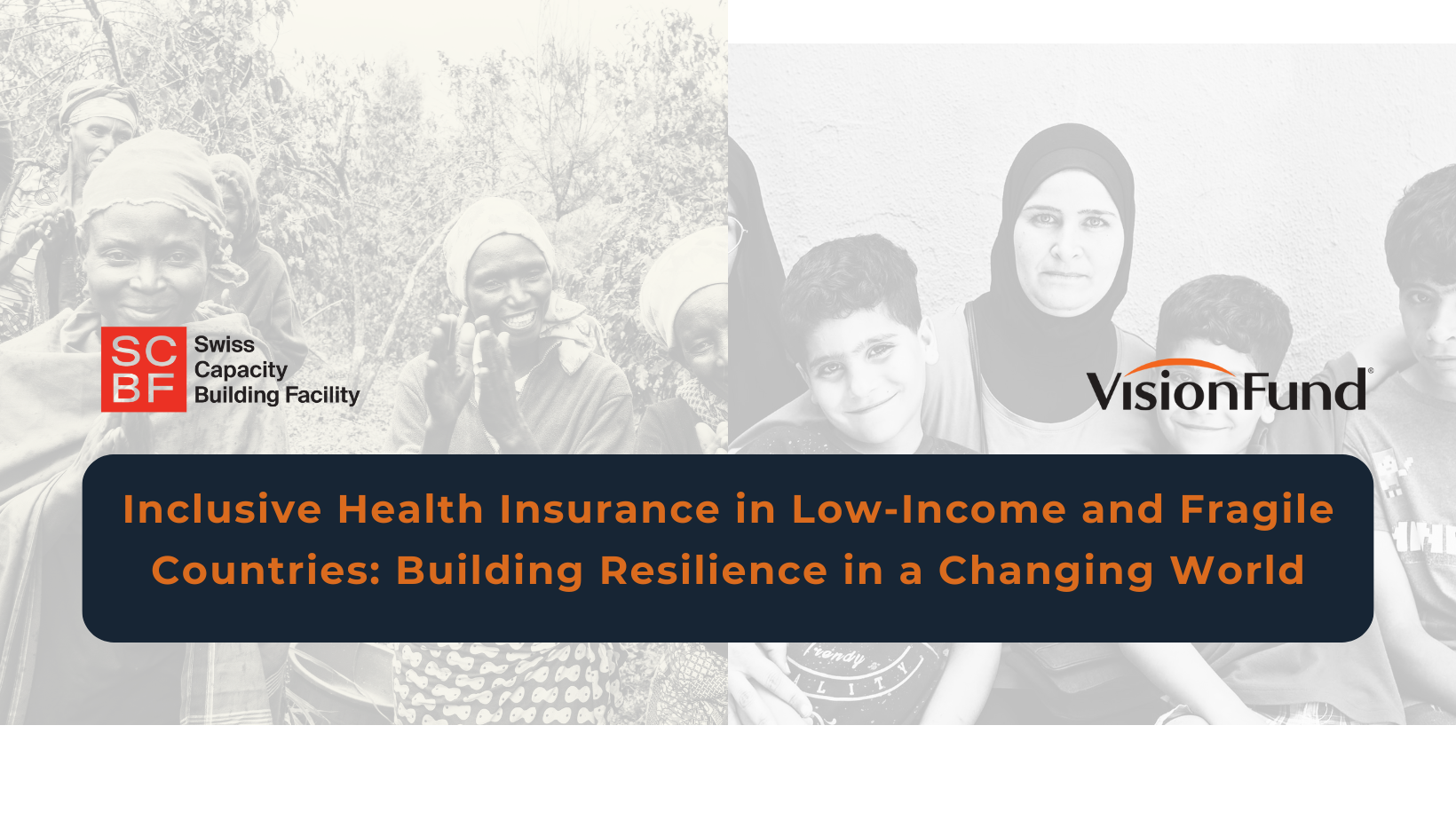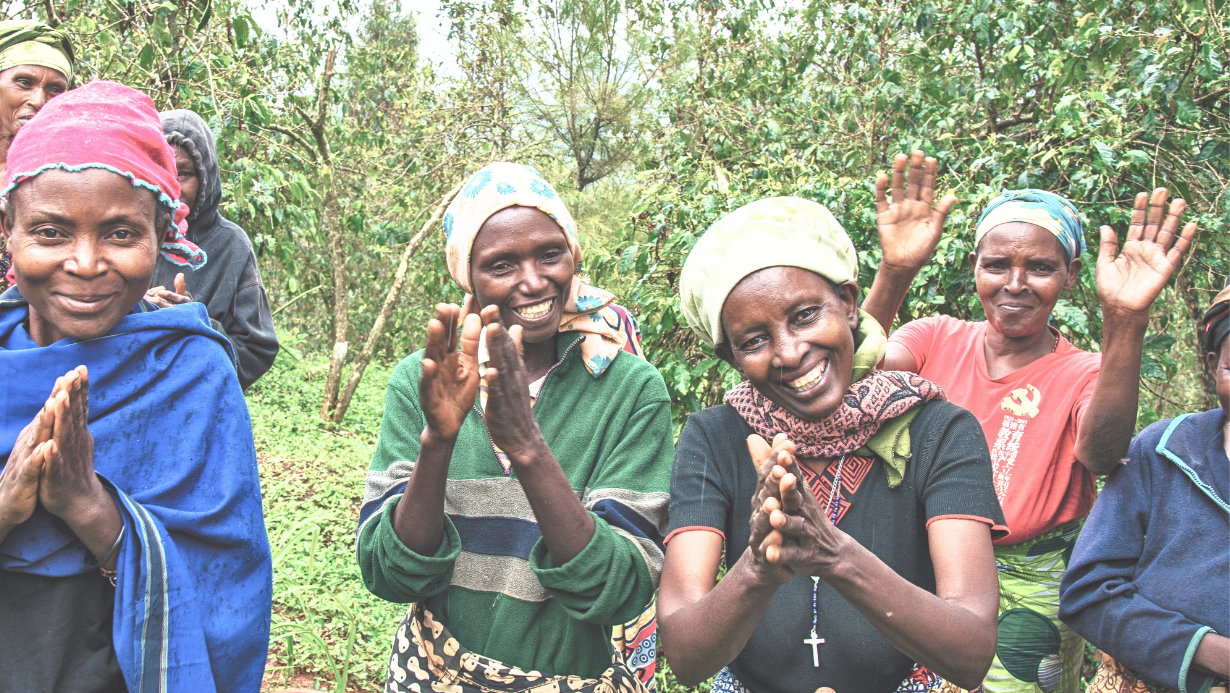Building Capacity to Strengthen Access to Housing Microfinance in Ecuador

The Challenge
Ecuador has the 4th largest housing deficit in Latin America. More than 1.7M houses are considered inadequate (unsafe conditions, inadequate construction materials, lack of basic sanitary services, overcrowding, etc.). The government funding programmes for housing do not address access for the low-income population. Ecuador’s financial regulation establishes an interest rate cap for all mortgage housing products at 11%, with requirements and guarantees that exclude the low-income families. Because of the limitations around mortgage products, MFIs, cooperatives and NGOs, who typically serve low-income households, design their housing finance products for incremental construction.
Housing microfinance (HMF) is of special interest to Banco Solidario (BSE) to support low-income households in improving their housing. More than 30% of their annual loan placements is focused on financial inclusion with financial education as a key component of their services. Despite the constraints of the national regulatory environment, Banco Solidario decided to increase its HMF portfolio and incorporate new innovative tools to support its housing clients.
The Project
SCBF supported BSE in strengthening its HMF loan delivery through development and implementation of a mobile app, which significantly improves facilitation of the loan placements, introduction of a financial literacy training program for clients, and revision of the HMF product delivery process. These activities support scaling-up the product reach, and ultimately increases the number of low-income clients enabled to improve their housing conditions.
Results / Lessons Learnt
The housing microfinance product from BSE is now offered to all clients via the new software. Used by the credit officers in the field (with online and offline versions), the app enables (1) rapid collection and filing of information on-site, (2) provision of basic technical construction assistance, and (3) assistance with an incremental plan for improving the housing conditions. Use of the application has strengthened BSE’s image and trust among clients, who appreciate that BSE has improved the HMF product delivery process and experience delivery with modern technology. The tool has reduced the time required for collection of information and verification at the branch office, resulting in faster disbursement of funds to clients. Additionally, automation within the credit analysis process reduces human error. Very few cases are returned by the credit bureau for second verification. The revision time of calculations derived from manual processing of each loan was reduced by 50%.

Partner Financial Institution (PFI): Banco Solidario del Ecuador
Grantee: Nadacia Habitat for Humanity International (NHFHI)
Country: Ecuador
Duration: February 2018 – January 2020
SCBF Contribution: CHF 85’575 (70%)
Matching Contribution: 30%
Outreach: 5’440 active borrowers (54% women)
Theme: Loans – Housing
Project No.: 2018-06
The following lessons learnt were identified (among others):
- A commercial strategy is fundamental to the scale-up of a housing microfinance product. Following adjustment of the commercial strategy in October 2019, growth of the housing microfinance portfolio is expected to be seen one year from now.
- To succeed in introducing new technological components, the institution must embrace these advancements within their strategy. If the institution is not fully convinced in the early stages of the project, or if this is outside of its strategic plans, it is very difficult to implement those components and it takes even more resources.
- The institution must be willing to invest during the process, if necessary. BSE invested approximately USD 30’000 in the purchase of hardware (smart phones) for the loan officers.
- The institution must fully understand that the benefits of a technological tool go beyond loan placement and contribute to client’s retention through subsequent housing loans.
- Introducing an incentive scheme can help reinforce the commitment of the sales force to promotion of the housing product (or the product in focus).
The Approach
Goals and Expected Impact
Partners involved























































.png)











































